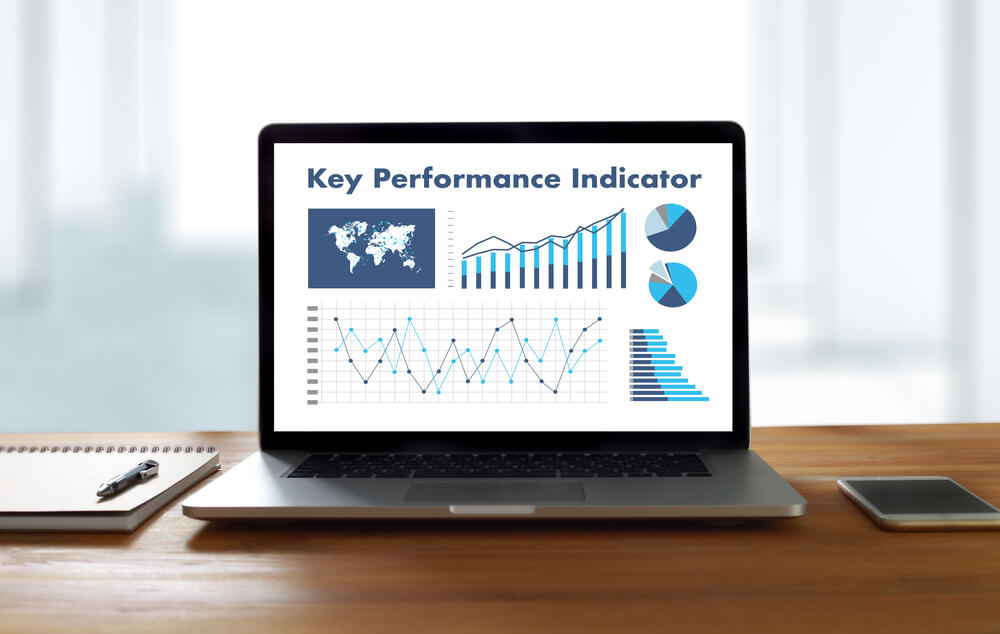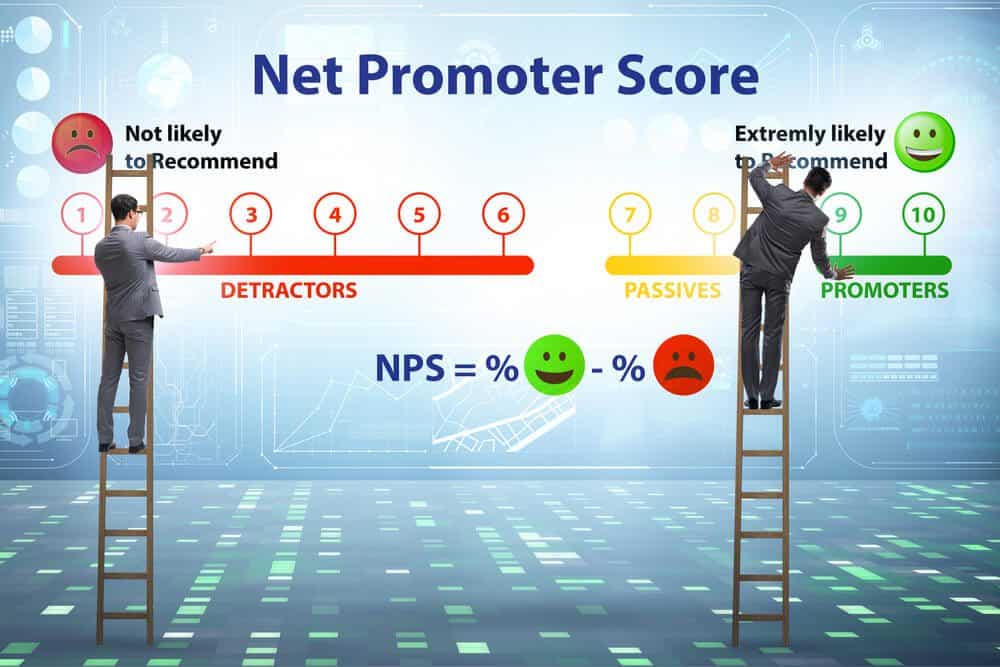
Which KPIs Should You Watch for Strong B2B Branding Strategies?
How are you doing with your B2B branding? Facing success or losing resources? The only way to know is to track it with key performance indicators (KPIs).
This article discusses the various KPIs that help you gauge branding efforts:
- Brand awareness KPIs
- Customer perception and satisfaction
- Lead generation and conversion rates
- Brand visibility and market positioning
- Content engagement
- Brand equity
How do these influence your B2B success? Continue reading to learn more. Let’s go!
Tired of investing in Search Engine Optimization without getting any results? See how Digital Authority Partners turns that around!
1. Brand Awareness KPIs
Awareness is one of the essential elements of a successful B2B brand. It sets the stage for achieving your growth objectives and driving conversions.
Here are some core brand awareness KPIs to track for a sound strategy:
- Social media engagement metrics provide insights into how consumers interact with your content on social platforms. This quantifies your reach and impact and helps you identify opportunities to enhance brand awareness and engagement.
- Website traffic and search volume indicate consumers’ interest and engagement with your brand. Higher numbers often suggest that your search engine optimization strategies are effective. They also imply people are searching for your brand to learn more about your products and services or compare you with competitors.
- Share of voice measures your brand’s presence in relation to your competitors. It informs you of your brand’s relative visibility and competitive position.
- Brand mention volume quantifies citations your brand receives across your touchpoints or channels. It often correlates to brand recognition.
- Brand recognition measures the ability of consumers to identify your brand’s visual elements, from logos to packaging, especially among the competition. This KPI is crucial because it indicates the effectiveness of your brand’s visual identity in creating recall.
- Brand association identifies attributes that consumers commonly connect with you. It tells you whether your messaging resonates well with the audience or it needs reinforcement and adjustment.
Brand awareness KPIs are essential. They provide valuable insights into the effectiveness of branding efforts and help you figure out how to attract and engage the right audience.
2. Customer Perception and Satisfaction

Satisfied customers are less likely to churn or switch to competitors. Customer perception and satisfaction KPIs identify at-risk customers and proactively address their concerns.
Determine B2B brand perception through these KPIs:
- Net promoter score (NPS) measures the likelihood of customers recommending your products or services to others on a scale of 0 to 10. NPS helps you gauge overall customer satisfaction and loyalty, providing actionable insights for improvement.
- Customer satisfaction surveys measure overall satisfaction following specific interactions or experiences.
- Customer lifetime value determines the total revenue or profit a customer brings to the business throughout the relationship. It helps you identify high-value accounts, methods to keep customers, and the long-term value of acquiring and retaining clients.
- Customer retention rate is the percentage of customers that your company retains. A high retention rate indicates intense customer satisfaction and loyalty.
- Customer churn rate is the percentage of customers who stop using your products or services. Monitoring churn rate helps you identify trends and patterns contributing to customer attrition.
Monitoring these KPIs helps you proactively address your customers’ needs, increasing loyalty. High retention correlates to better conversion, more predictable revenue, shorter sales cycles, and greater chances of converting clients to brand advocates.
3. Lead Generation and Conversion Rates
Tracking lead generation and conversion rates allows you to prioritize the strategies that deliver the highest returns. It shows you where to allocate resources and what products or campaigns pay off.
Here are some lead generation and conversion KPIs that matter in B2B branding:
- Lead volume tracks the number of new leads generated within a specific period. This directly reflects the success of your marketing campaigns in attracting potential customers.
- Lead quality assesses the relevance of generated leads. Focusing on high-quality ones improves the likelihood of conversion and maximizes return on investment (ROI).
- Cost per lead calculates the cost incurred to generate a single lead. It assesses the efficiency of marketing campaigns and optimizes budget allocation.
- Conversion rate per marketing channel is the percentage of leads successfully converting into customers within each channel. It is a fundamental KPI for identifying and prioritizing the most influential touchpoints for securing new business.
- Customer acquisition cost calculates the average cost incurred to acquire a new customer. It assesses the profitability of marketing and sales efforts and determines whether the cost is sustainable.
Lead generation and conversion rates are essential KPIs because they provide actionable insights into the performance of marketing and sales efforts. They help you make informed decisions to drive growth and profitability.
4. Brand Visibility and Market Positioning

Competition is intense in the B2B industry. Tracking brand visibility and market positioning allows you to assess your company’s performance against competitors.
Here are essential KPIs to keep in mind:
- Organic search rankings: Tracking your company’s position in search engine results pages (SERPs) for relevant keywords provides insights into its visibility and competitiveness in organic search.
- Brand visibility score: Calculating this helps quantify your brand’s visibility across multiple channels and assess its performance over time.
- Thought leadership engagement: These are engagement metrics for thought leadership content, such as downloads, views, and shares. It helps evaluate your brand’s authority and influence in your niche.
- Market share: This is the percentage of total market revenue captured by your company compared to competitors. It informs your company’s current market positioning and ability to attract and retain customers.
- Market penetration rate: This measures your ability to enter a new or expand an existing market, reach a more diverse audience, and grow sales. It tracks the effectiveness of growth strategies and identifies new market opportunities.
Tracking brand visibility and market positioning KPIs allows your business to stay competitive. These metrics tell you the adjustments you need to sustain your B2B brand’s relevance.
5. Content Engagement
Content engagement KPIs teach you how to create compelling B2B copy that inspires the audience to take action and resonates with their needs.
Helpful content engagement KPIs include the following:
- Page views measure how often a specific page on a website or campaign landing page is viewed, indicating content interest from target audiences and helping gauge messaging effectiveness.
- Social sharing is a social media campaign metric. It refers to the number of times people reposted the content on various platforms. A high number suggests the content is engaging and relatable.
- Downloads or registrations measure the number of times people access gated content such as whitepapers, e-books, or webinars. This metric indicates the level of interest in more in-depth and valuable types of content.
- Time on page is how long visitors spend consuming content, reflecting their level of engagement and interest.
- Click-through rate is the percentage of people who click on a link or call-to-action (CTA) on a content. It indicates the effectiveness of the CTAs in driving desired actions.
Tracking these KPIs provides valuable insights regarding your content strategy’s effectiveness, allowing you to modify approaches to increase profit and conversions.
6. Brand Equity

Brand equity KPIs help measure the brand’s perceived value. This is essential for B2B relationships where decisions often involve significant investments and long-term commitments.
These are examples of brand equity KPIs to measure:
- Brand equity index: Combining multiple brand equity metrics into an index or score measures your brand’s overall strength and value. This KPI is important because it lets you track brand performance over time.
- Brand associations: Assessing customers’ associations with your brand is crucial for understanding its market positioning. Positive brand associations contribute to brand equity by enhancing its relevance.
- Brand differentiation: This KPI measures the extent to which the brand stands out from the competition. Strong brand differentiation makes your company unique and competitive.
- Brand reputation: This KPI assesses the overall perception of your brand in the market, influencing customer loyalty and retention.
- Profit margins: This directly reflects the financial impact of brand equity on the bottom line. A solid brand usually commands a premium price for your products or services.
Thoughtfully tracking metrics that reveal how your brand is perceived helps optimize your B2B marketing strategies.
Summing Up
This article shares the most relevant B2B branding KPIs. Use them to determine whether your strategies are working, areas that need improvement, and the best strategies to compete and even dominate your niche.
Need assistance in setting up these branding KPIs? Contact Digital Authority Partners (DAP) today and talk to an expert.
Want To Meet Our Expert Team?
Book a meeting directly here




